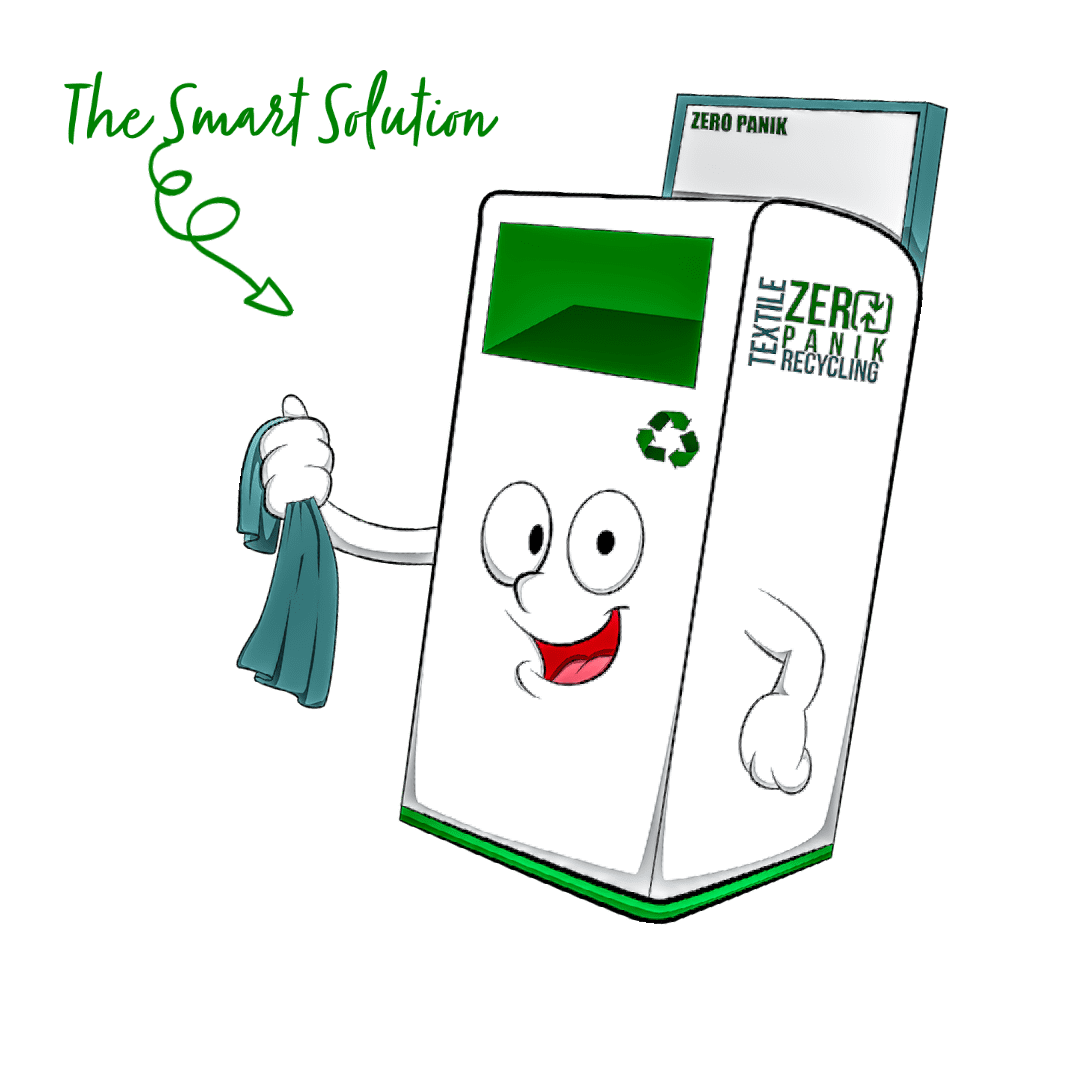The Cycle of Consumption
The Cycle of Consumption
Our choices as consumers shape our world. While consumerism drives our economy, it has created an environmental crisis. But innovative solutions are emerging to pave a new way forward.
The Textile Waste Crisis
The fashion industry’s “take-make-dispose” model has staggering consequences. An overwhelming majority of textiles produced each year are not recycled, ending up in landfills where they can take centuries to decompose.
85%
Of All Textiles End Up in Landfills Annually.
Visualization of textile final destinations.
Systemic Hurdles to Sustainability
The problem is compounded by long-standing issues, from government inertia to our reliance on materials that are difficult to recycle and harmful to the planet.
30+ Years of Inaction
Despite decades of discussion about climate change, environmental damage has continued to increase. It’s often not seen as “cost-effective” to implement the large-scale changes needed.
Conceptual trend of environmental damage over 30 years.
Landfill Composition
Plastics, a product of the fossil fuel industry, are a notorious part of our waste stream. But textiles also represent a significant and growing portion of what we throw away.
Breakdown of common materials found in municipal landfills.
A Solution Emerges: Zero Panik
Born in California, Zero Panik is a sustainability-focused startup aiming to bridge the gap in the circular fashion economy by making textile recycling convenient and accessible for businesses and consumers alike.
Host a Smart Bin
Businesses can host collection bins, effortlessly increasing textile recycling without the operational hassle.
Buyback Programs
Zero Panik partners with brands to buy back collected items, creating a direct financial incentive for circularity.
Coupons4Change
A promotional platform for sustainable brands to reach a targeted, eco-conscious market.
The Circular Flow
Be Part of the Change
Tackling this problem requires collective action. We all have a role to play in shifting our economy toward sustainability.
Support Sustainable Businesses
Make conscious choices to purchase from brands that prioritize sustainable materials and ethical practices.
Demand Accountability
Use platforms like Remark and We Don’t Have Time to call out bad business practices and advocate for change.
Advocate for Green Transport
Support initiatives like the Solutionary Rail Project that aim to move our logistics away from fossil fuels.
